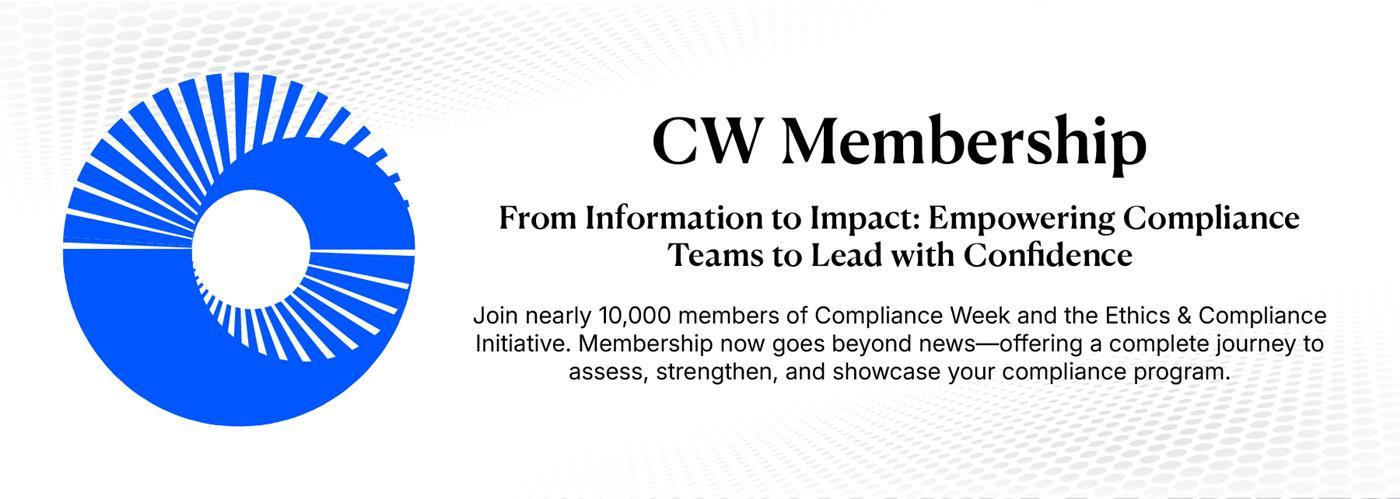Cloud ‘not a silver bullet’ for security

Shifting business to the cloud has its appeals. Platforms like Microsoft Azure, Amazon Web Services, and Google Cloud Platform offer economies of scale, enhanced security, and access to newer technologies like artificial intelligence and machine learning, capabilities smaller organizations might not have the resources to develop in-house. Much of the hype around the cloud revolves around these advantages, but there are disadvantages, too.
A panel of cybersecurity experts, joined by a chief compliance officer in the financial services industry, discussed the risks and opportunities associated with moving to the cloud at Compliance Week’s virtual Cyber Risk & Data Privacy Summit. Despite being users and proponents of the cloud, the panelists listed far more cons—or rather, caveats—than pros.
Outsourcing trust to a third party raises obvious security and privacy risks, especially when managed service providers are a known target for state-sponsored attackers, as seen with Chinese hacker group APT10. That’s just to start.
THIS IS MEMBERS-ONLY CONTENT
You are not logged in and do not have access to members-only content.
If you are already a registered user or a member, SIGN IN now.













